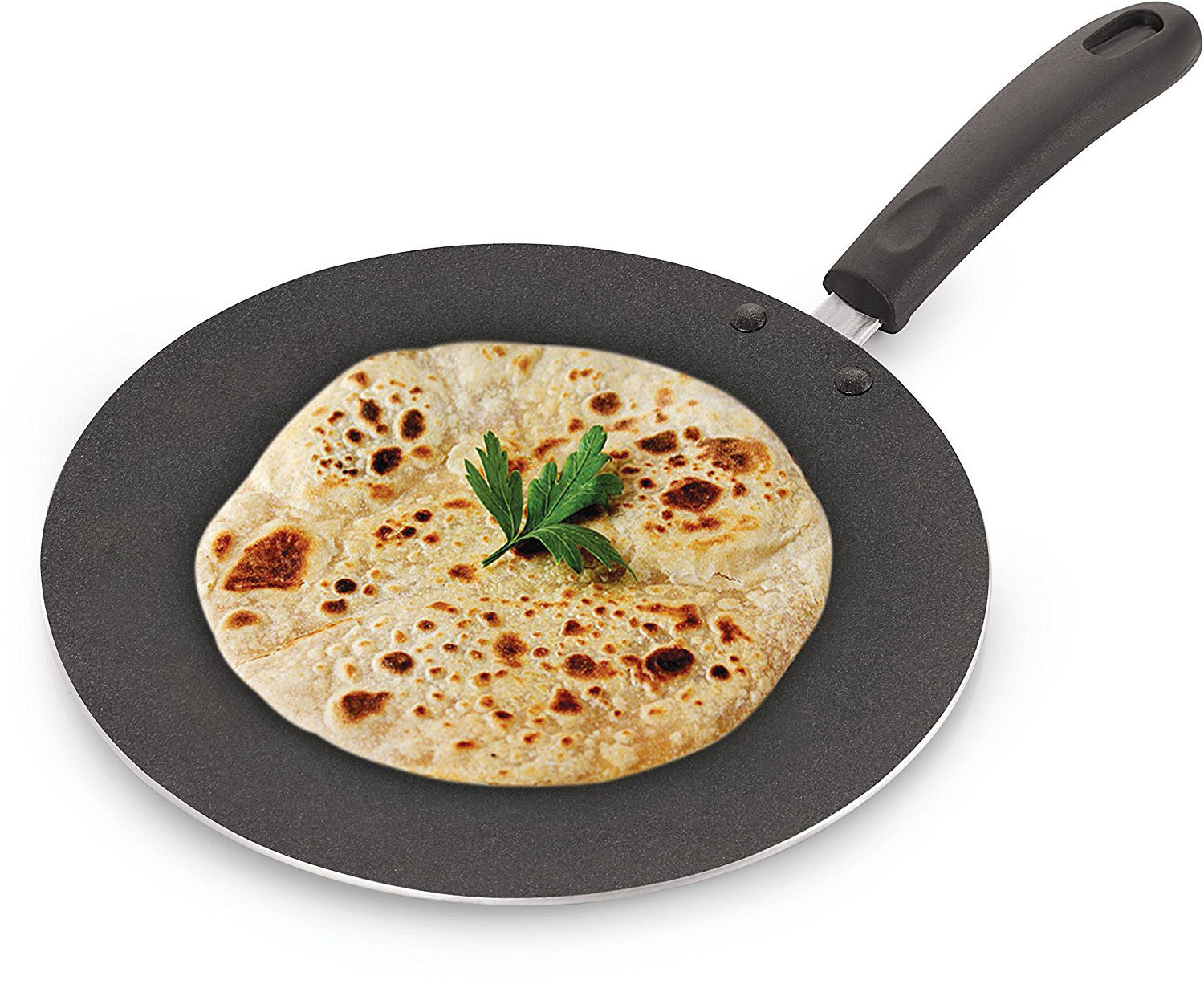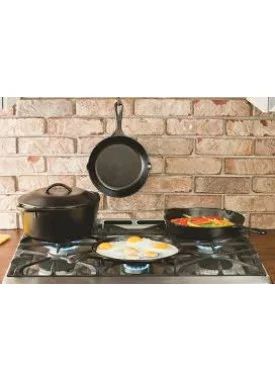Which Tawa is best for making Dosa ?
Which Tawa is best for making Dosa ?

Dosa is one of the most popular South Indian dishes. Made from rice flour, dosa is a crispy variant in a way similar to roti’s or chapathi’s made using wheat flour in the other regions of India. For making a dosa one of the key cooking accessory needed in any home kitchen is a tawa.

But compared to making roti’s which are pre flattened using a roller pin before placing on the tawa, dosa needs a bit of skill for flattening it perfectly on the hot tawa. Else you end up making a dosa that looks like concentric circles of un even thickness which will only be partly uncooked.

Even worse is a situation, when you try to turn over the dosa to cook the other side or remove the dosa from the tawa. The dosa would have probably got stuck on to the tawa and while trying to turn it your dosa may end up looking like a crumbled piece of cloth placed on the tawa which again will not be cooked properly.

When it comes to making good looking and well-roasted dosa’s there is another factor associated to it. It is a bit of science and metallurgy. If you have visited any one of the South Indian hotel’s, you might have noticed the rolled dosa’s served by them. Ever wondered, how are they able to make such appreciable and awesome dosa’s.

Well, the secret of this lies in the tawa’s used for making of dosa’s. Is it the same as the tawa used for making roti’s or chapathi’s? Not exactly. By now you might have figured out the difference. The tawa’s used for making dosa’s are a bit thicker than the ones’s used for making roti’s or chapathi’s.

While chapathi’s can be managed on any kind of iron tawa’s, dosa’s will require special and thick tawa’s made of cast iron. The quality of dosa will depend on the purity of cast iron used for making the tawa. Cast iron has good and uniform heating up and heat maintenance property which is very essential in the making of aesthetically looking and well roasted dosa’s.
Another key factor to consider while buying a cast iron tawa is whether it is seasoned or not. A non-seasoned tawa is straight out of furnace and will look grey in colour. While a seasoned tawa or colloquially known as thawa will be more of black in colour and will have more of a smooth finish compared to non-seasoned one. Some even call it super smooth tawa.

Some companies offer both seasoned and non-seasoned varieties of tawa’s. In this case pre seasoning will be done within the company. Else if you are buying a non-seasoned one, which may be a bit cheaper too, don’t worry about seasoning it. It is a very simple process and can be done in your kitchen.
Clean the non-seasoned tawa brought using fresh water. Pat dry with a clean cloth and once it is completely dry, apply any cooking oil available in your kitchen on the top of the tawa. Keep the oil on the top of the tawa for some time. Now heat the tawa on a stove or oven for the oil to evaporate. A new and dark layer would have formed on the top of tawa which will give a smooth finish.
To know on how seasoning of tawa is done in detail and also how the seasoning can be maintained on the tawa, click the link.
The seasoned tawa is preferred for cooking of dosa’s as it will prevent the dosa from sticking on to the tawa while cooking ie, trying to turn over or remove the dosa from the tawa.
Now you know how South Indian’s make such beautiful and delicious dosa’s at home. Buy a cast iron tawa for yourself and try it at home. Remember nice and tasty dosa making is 50 % skill and 50 % the quality of material used for making the cast iron tawa. So never compromise on the price when you buy a good cast iron tawa and also do practice the skill of dosa making until you succeed.



















